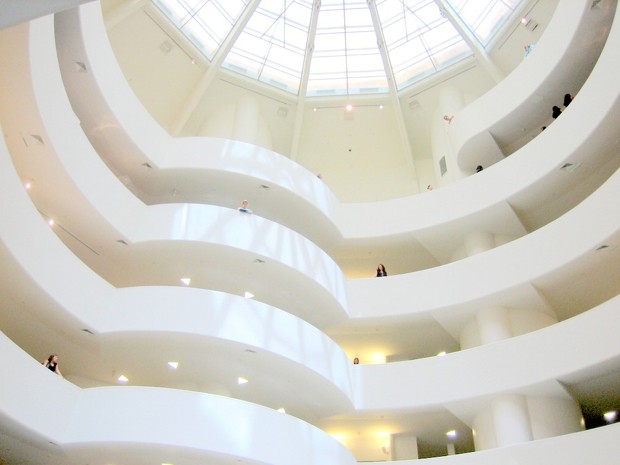Andrew Parr, director of SJB Interior Design, is currently working on the renovation of the heritage-listed Hotel Kurrajong Canberrra. He started working at SJB in 1988 and became director of SJB Interiors in 1994.
Architecture & Design spoke to Parr about changes in the interior design industry, why glass basins need to be given a rest and why natural finishes will be an enduring trend.
You started working at SJB in 1988 and became director of SJB Interiors in 1994. What are some key things you saw change during that time?
At the start of my career with SJB, Victorian businesses were still under the influence of the heady excesses of the late 80s boom. This came to an end with the recession at the beginning of the 90s and coincided with a move towards a more a subdued white-English minimalist style, influenced by ultra-minimalist British architect and designer John Pawson.
With the Kennett government’s big plans for the state of Victoria and the building of the Crown Casino, industry and designers were jolted out of their minimalist approach and we started to see a welcome resurgence in multi-layered and textured commercial fit outs. This combination is still being seen today.
What were some of the most difficult things for you in terms of working your way up the ladder?
Without question, the biggest challenge I faced during that time was my age. Being a young and seemingly inexperienced designer, many clients seemed to have difficulty in accepting my opinions and my recommendations.
However, having confidence in my own creative abilities and confidence in the designs presented made it easier for me to deliver projects and remain true to the original design intention. Naturally, over time, as I gained experience and exposure, those challenges disappeared.
What interior design trends would you be happy to see disappear from the Australian landscape?
While some trends certainly have their place and their time, it can also be said that everything has its place and context within a design scheme. Although, in saying that, I think the time is right for glass basins to take a well-earned rest. With a wide variety of beautifully designed porcelain sinks and basins readily available, classic statement pieces are thankfully making a welcome return to interior and architectural design projects.
There is one thing that I would really like to see disappear entirely, and that is the practice of replacing classic master components of the design such as quality fittings, fixtures and furnishings, etc with cheap knock-off copies. Whether it’s the client, developers or the tradesfolk, compromising the quality will eventually compromise the entire design’s integrity – costing money to repair or replace such components sooner rather than later.
Half of your work is high-end residential and half is hospitality. Is there a sector where you feel like you have more creative reign?
It is in hospitality projects where we really get to be creative. Hospitality designs need to suit a wider set of parameters – it needs to sit within its environment – including a historical/architectural history; needs to meet the client’s overall business objectives, brand personality and aspirations, and it should excite and resonate with the customers.
Taking such factors into consideration, there is often potential for the project to become more themed. This feeds the creative process and allows for elements of fun to be included, which is not always possible in residential or other commercial projects.
Do you work best when you are given limitations and have to think outside the box or when you're given free rein to do what you like?
I do think that we do our best work when we face limitations. I know that I do.
Having free rein is great and you can certainly let your imagination and creativity run wild, but it is developing a pointed and focused design, with very specific parameters that considerable skill and imagination is required.
Hotel Kurrajong, being a heritage listed building, came with restrictions on what we could demolish and what part of its structure we had to keep. This didn’t actually feel as if it was a limitation because we were able to create a modern feel while still maintaining the beauty of the old Parliament House style architecture.
What are some interior trends you think will stick around over the next couple of years?
The extensive use of natural materials such as real wood and stone as a preferred finish, throughout both residential and commercial projects.
With simplicity of form and substance, natural materials often convey a calming sense of luxury that is not easily replicated with man-made substitutes, especially when pairing with other natural finishes and fibres.
What interior space do you wish you had designed?
Definitely the Guggenheim Museum in New York. I love the purity of its form and the way the building functions. The white concrete and terrazzo floors with their circular motifs lead you through the building in a continual spiral. The sheer scale of the building and its compressed annexes – I never tire of it.

Guggenheim New York. Image: commons.wikimedia.org

